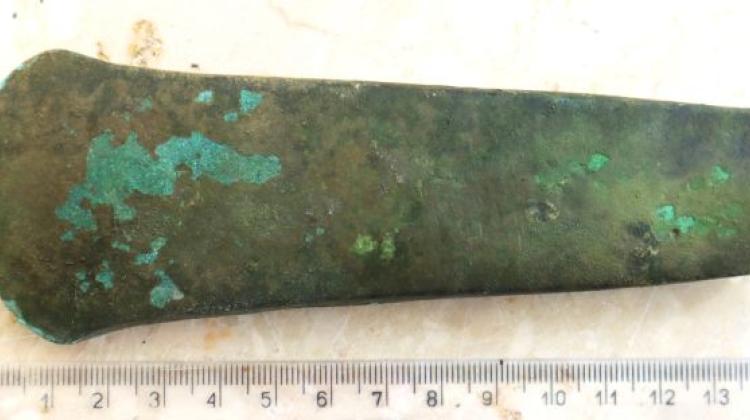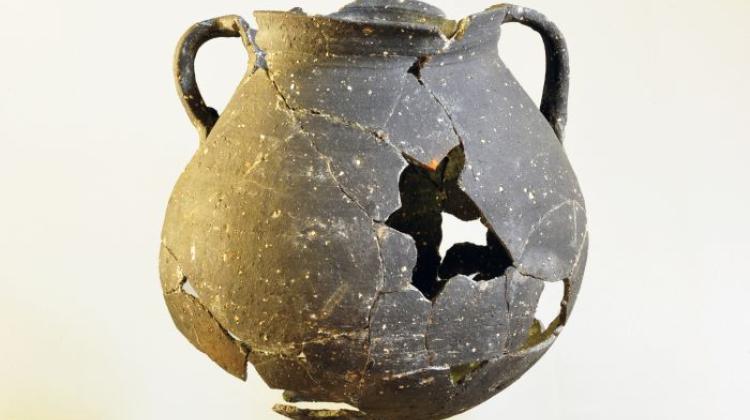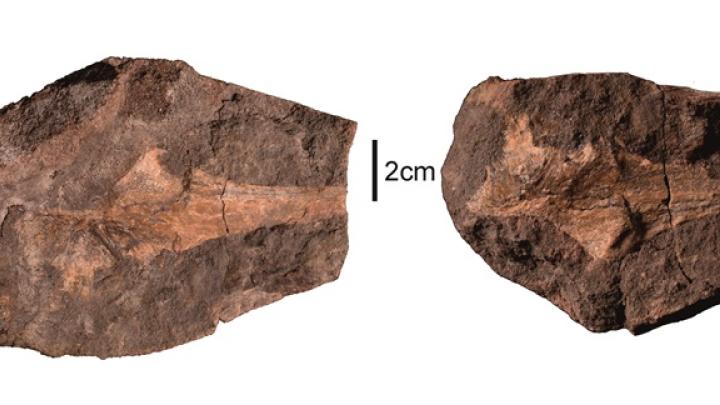Copper axe ‘oldest ever found’ in Poland, says expert
 Source: Facebook/ Lublin Provincial Conservator of Monuments
Source: Facebook/ Lublin Provincial Conservator of Monuments
An axe from the 4th-3rd millennium BCE, discovered in the Hrubieszów district and associated with the Trypillia culture, is most likely the oldest copper product discovered in Poland, the Lublin Provincial Conservator of Monuments reports.
The valuable relic was found in the village of Matcze in the Horodło commune (Lublin Province).
According to the conservator, the small axe is 7.4 cm long, has a fan-shaped, 4.1 cm wide blade, a rectangular, slightly convex head measuring 0.9 cm x 0.6 cm, and its thickness reaches 1 cm.
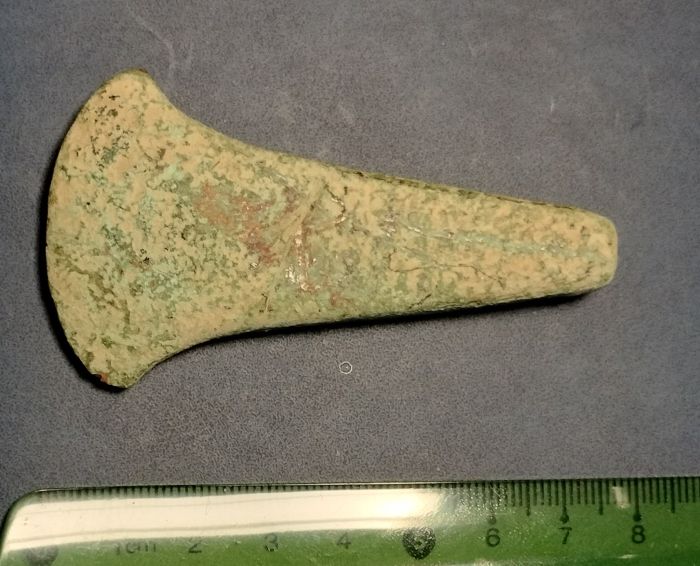
When analysing the find in terms of its chronological and cultural affiliation, Wiesław Koman, an archaeologist from the Zamość branch of the Provincial Office for the Protection of Monuments, reached out to Professor Elżbieta Kłosińska from the Institute of Archaeology at the Maria Curie-Skłodowska University in Lublin. The expert ruled out the Bronze Age cultures, because the artefact does not correspond in any way to the known and quite well-researched typologies of axes from that period.
'In addition, our axe was made with a quite simple, +primitive+ casting method, in a flat-convex form, no longer used in the developed metallurgy of the Bronze Age. Therefore, it was necessary to look at the earlier Neolithic period. Unfortunately, there is no equivalent in the inventories of Neolithic cultures from Poland,’ Koman posted on social media.
The puzzle was solved with archaeological finds from Ukraine. 'Wiesław Koman came across a publication describing a copper axe discovered in the village of Shcherbanivka in the Kiev region, where the accompanying fragments of pottery allowed us to attribute it to the Trypillia culture and date it to the late period of the development of that culture, estimated at the 4th-3rd millennium BCE,’ Koman says.
He adds that finding the axe in eastern Poland is 'surprising' due to the fact that the territorial range of the Trypillia culture included the areas of today's Bulgaria, Romania, Moldova and western Ukraine.
'It is true that we have recorded finds of Trypillia culture pottery from Gródek, Hrubieszów commune, and the presence of this axe in nearby Matcze can be considered a confirmation of the settlement of people representing that culture also in eastern Poland, at least in the section of the upper Bug. This thesis may also be confirmed by a similar copper axe found in Wożuczyn, Rachanie commune, Tomaszów district, about which Dr. Jan Gurba wrote, and which should now be at the Institute of Archaeology of the Maria Curie-Skłodowska University in Lublin,’ Koman says.
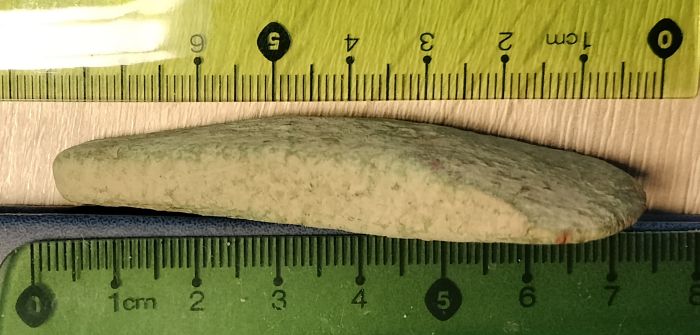
'This means that we are probably dealing with the oldest find of a copper product in Poland, which would be a huge sensation,’ he adds.
According to the conservator, the axe will soon be transferred to the collections of the Museum in Hrubieszów, where it will be subjected to further examination. (PAP)
PAP - Science in Poland
bar/ zan/ kap/
tr. RL
Przed dodaniem komentarza prosimy o zapoznanie z Regulaminem forum serwisu Nauka w Polsce.


